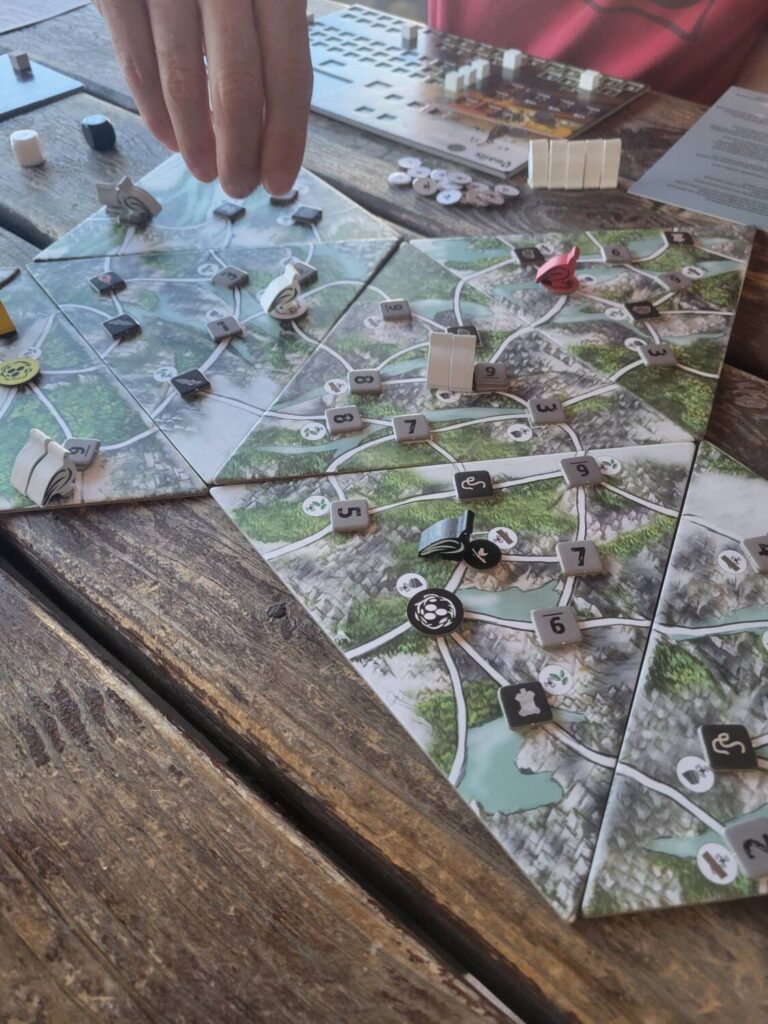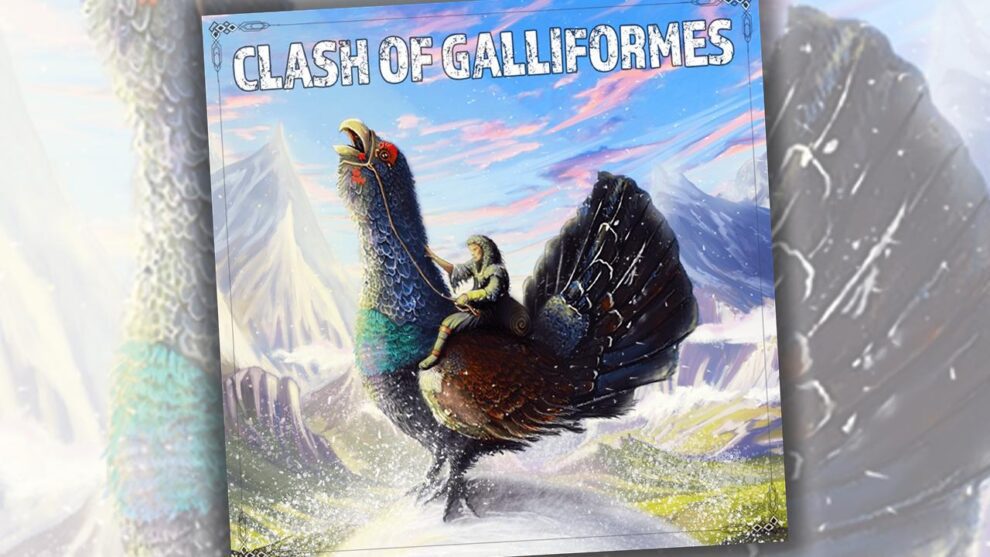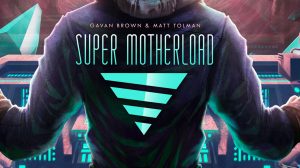Clash of Galliformes is a bit of a throwback to when area control games contented themselves with being dumb and proud of it. As a dumbo, I appreciate this. I do not demand intricate combat systems with convoluted rules about order of battle, troop deployment, terrain. I’m not here to be a grognard, dammit, I’m a lord of the giant sage grouse kingdom, and I demand blood, not rules overhead!

I don’t like “animals” or “nature” as a setting for a game. Sorry, Dominant Species, I’d rather play as a man than as a bug. Now, if you cast me as a group of humans who have co-evolved with gigantic landfowl and ride them around like horses, now I’m interested. Thomas, the great Quail-lord. I suppose birds are the exception to my no-animals rule.
Them’s fightin’ birds
Anyway, Clash of Galliformes is an area control euro-puzzle hybrid game where you build bird soldiers, march them around a point-to-point map, take over sites, build outposts on them, and try to level up your bird board to get better powers. At the start, you have a single minion, but you expand to develop greater resource production capacity, and you start collecting chits.
The almighty chit! They come in two varieties: numbers and technologies. When your birds land on a space with a chit, you take it, and add it to your hoard of chits. The number chits are numbered 1-9, and once you have arranged them on your player board in sequence, you can start trading them in for cave paintings which, when completed, are ½ of the endgame trigger and also give you a cool power. The game ends when you’ve developed two technology chits (they are resource intensive) and made your cave painting. Well, the game doesn’t end, but you’re eligible to call a halt to the proceedings and tally up points once you’ve crossed the threshold. In our games, typically once somebody had met the endgame trigger prerequisites, they would end the game and win–if you’ve gotten enough stuff to end the game, you’re probably winning.

Turns are pretty breezy. Combat is resolved by stat comparison and a die roll, and you can play cards which are permanently removed from the game to boost your combat abilities. There are also impossible-to-read ability chits that you can buy to upgrade your two types of birds (you have big birds and little birds). Abilities range from flying around, hitting harder in combat, squawking at other birds, etc., etc. There is also a golden egg you can buy, which once bought, becomes a hot potato that’s worth nine points and passes from player to player every time they blow up the owner’s outposts.
That’s about it.
Establishing the pecking order
I am loath to do this, but I suppose I should mention that this is one of either the most poorly translated or poorly written rulebooks I’ve ever encountered. I’m not sure that I played the game correctly because there were about 50 sqazillion rules ambiguities and questions we had throughout play that went unanswered by the rules as written. Though, in attempting to remain in the cave-bird-bash-you-over-the-head spirit of things, we basically just kind of house-ruled our way through most of them, and that didn’t seem to make much difference in how the essence of the game functioned.

And that’s about all she wrote. There’s not that much nuance to the bird-battler that is Clash of Galliformes. There’s point-saladesque scoring, but it’s usually pretty obvious who is winning. You can play with 2-6 players on a modular map, and once you’ve played a couple of games, you’ve seen most of what it can offer in terms of strategic horizons. It’s a solid bit of popcorn for you to peck at, and maybe your game group will become enamored with the idea of avian monstrosities battling it out for dominance in the way I was. Man, I love birds.











